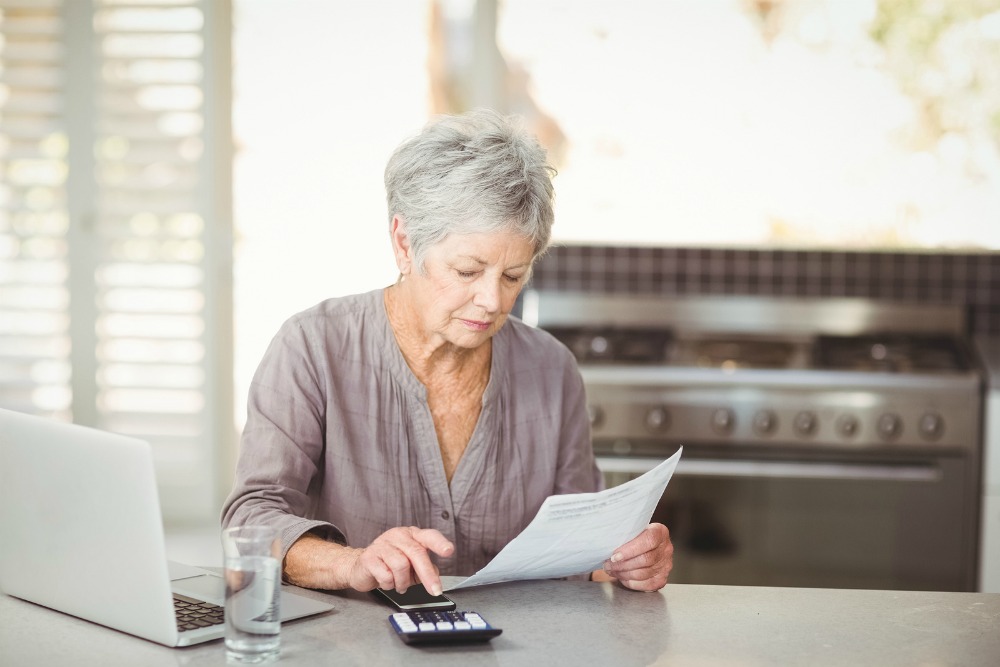The article “Should You Do A Pension Buyback?” was originally published on MoneySense on August 1, 2017.
It’s almost always a good idea
Q: I have been working at a college for 10 years. The last nine were full-time with pension deductions. My first year was contract and I did not contribute to the pension plan.
Now I have the opportunity to purchase that year of pension.
I am going to do so, but don’t know whether to buy it with cash or transfer the money out of my RRSP.
—Debbie
A: It is not uncommon for a pension plan member to be able to buy back service in their pension plan. Common types of service you can buy back include a waiting period to join a plan, a parental leave or other eligible leaves of absence.
The buyback, Debbie, is based on actuarial factors including your age, salary, the period the buyback is for, current interest rates, etc.
Most pension plans will provide a calculator to help evaluate your decision. But I’ll try to identify some of the considerations as well as the best way to fund your buyback.
I mentioned interest rates were a consideration in the calculation of the cost of your buyback. Interest rates are important when determining any present value calculation, including those used by pension plans. There is an inverse relationship between interest rates and present value calculations. That is, when interest rates are high, present value calculations are low. And when interest rates are low, like they are now, present value calculations are high.
This means that the cost of buying back your service is relatively expensive given current interest rates. Rates are starting to rise, but they are still quite low historically.
This is a definite reason to consider not only whether to buy back service, but also when to buy back service. If the cost is likely to be relatively high right now, you really should run the numbers to ensure it’s beneficial. And there could be a strategic opportunity to delay the buyback to the extent you can since rising rates could cause the cost to be less in the future.
Despite your cost to buy back service being high due to low interest rates, it’s the eventual pension benefit that we really care about, Debbie. Often, I find a pension buyback is a good idea because of the way that pensions work. When you contribute to a pension plan, your employer is also contributing to the plan. So, think of this as a company match – free money from your company – that you can only get if you contribute to the pension.
Particularly for more lucrative pension plans, the “rate of return” on your buyback cost, as calculated based on your future increased pension, may be a double-digit return. I’d rather take the sure thing of double-digit guaranteed return than try to match or beat it with my RRSP.
Do the math, whether on your own or with a professional, so you can decide for yourself, Debbie.
Funding a pension buyback can be done with cash, a transfer from your RRSP, or a combination thereof. If you use cash, you will have a tax deduction for your contribution. You need to have enough RRSP room to use cash, however.
When you do a buyback of $5,000, let’s say, you may need more than $5,000 of RRSP room to use cash. This is because for RRSP purposes, the Canada Revenue Agency (CRA) needs to consider the benefit from your employer’s contributions and the future pension you will accrue.
Your employer calculates something called a Pension Adjustment (PA) that appears each year when you are a pension plan member. It gets reported on your T4 slip and reduces your RRSP room for the subsequent year. When you do a pension buyback, there is something called a Past Service Pension Adjustment (PSPA) that will reduce your RRSP room in the year you do the buyback. CRA may allow a pension buyback to cause your RRSP room to go as much as $8,000 negative.
If your PSPA will cause your RRSP room to go more than $8,000 negative, you may have no choice but to transfer money from your RRSP instead (since it’s already been considered in calculating your RRSP room).
So, whether you use cash or your RRSP for the buyback, Debbie, will ultimately depend on whether you have cash available to make the contribution, your RRSP room and ability to choose between cash and an RRSP transfer, and the CRA approval of your buyback.
Whether you choose to do a full or partial buyback of past pension service is up to you and should be evaluated before proceeding. Often, I think it’s a good idea and it’s just a matter of determining the timing and funding source.
Jason Heath is a fee-only, advice-only Certified Financial Planner (CFP) at Objective Financial Partners Inc. in Toronto, Ontario. He does not sell any financial products whatsoever.

